18 Rare Animals You Can Only See in Specific Parts of the World
The world is home to many rare and fascinating animals, each found in specific regions that make them even more special. From the dense forests of Southeast Asia to the remote islands of the Pacific, these creatures are often elusive and hard to spot. Many of them are critically endangered, making their conservation a top priority. Whether it is the unique Javan Rhino or the elusive Saola, these animals have adapted to their habitats in extraordinary ways. However, human activities like deforestation, poaching, and climate change threaten their survival.
This post may contain affiliate links, which helps keep this content free. Please read our disclosure for more info.
Saola
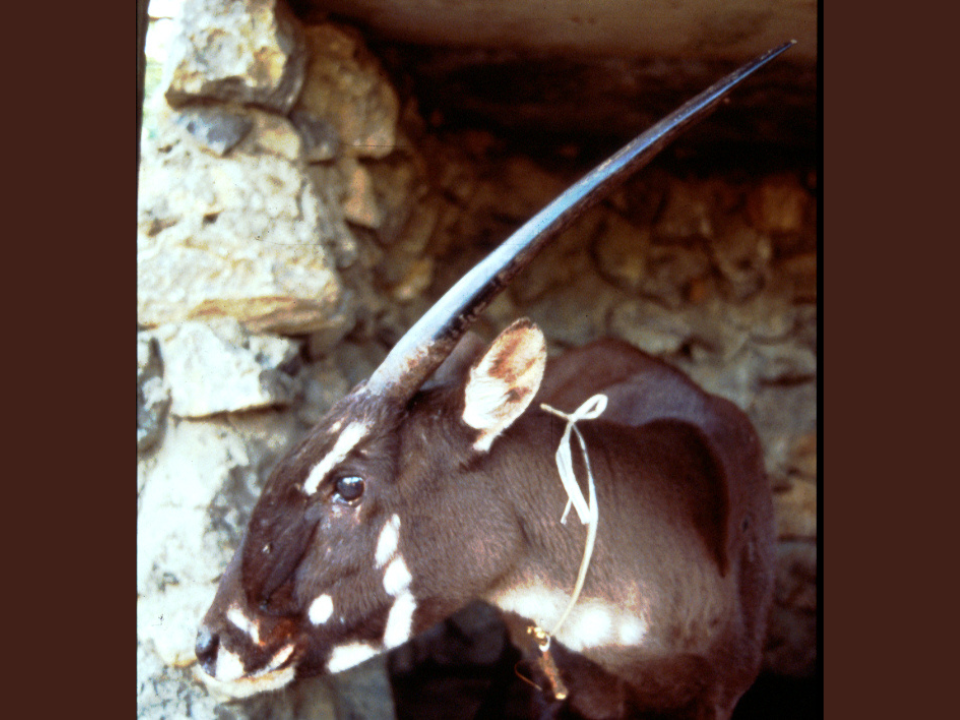
Known as the “Asian Unicorn,” the Saola is a rarely seen species that inhabits the Annamite Mountains along the border of Vietnam and Laos. It was only discovered in 1992, making it one of the most recently identified large mammals in the world. Saolas are known for their striking white markings on their face and long, slender horns.
These elusive creatures are thought to live in dense forests, but their exact population is not known due to their secretive nature. Unfortunately, Saolas are at great risk due to hunting and deforestation. Efforts to protect their habitat and monitor their numbers are critical for their survival. Despite being known to few, the Saola has captured the imagination of wildlife enthusiasts globally.
Kakapo
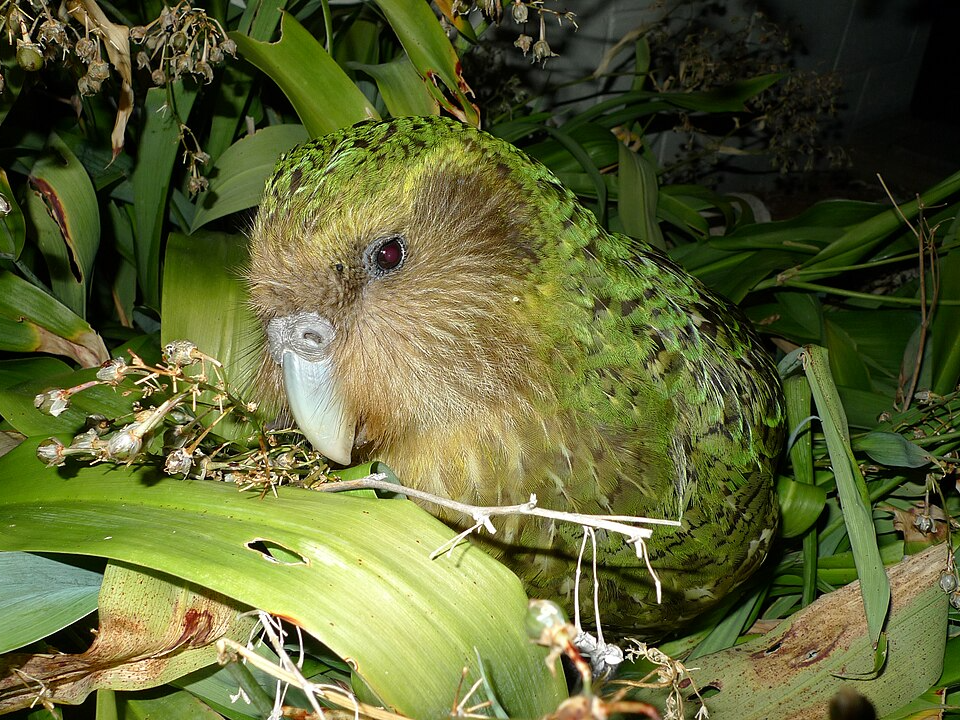
The Kakapo is a large, flightless parrot found only in New Zealand. It is known for its nocturnal behavior and its inability to fly, a unique trait among parrots. The species once thrived across New Zealand, but its numbers have drastically declined due to the introduction of predators like rats and stoats.
Today, the Kakapo is considered critically endangered, with just over 200 individuals remaining. Conservationists have taken extreme measures to protect this quirky bird, including relocating them to predator-free islands. The Kakapo’s resilience and distinctiveness make it a cherished symbol of New Zealand’s wildlife conservation efforts.
Axolotl
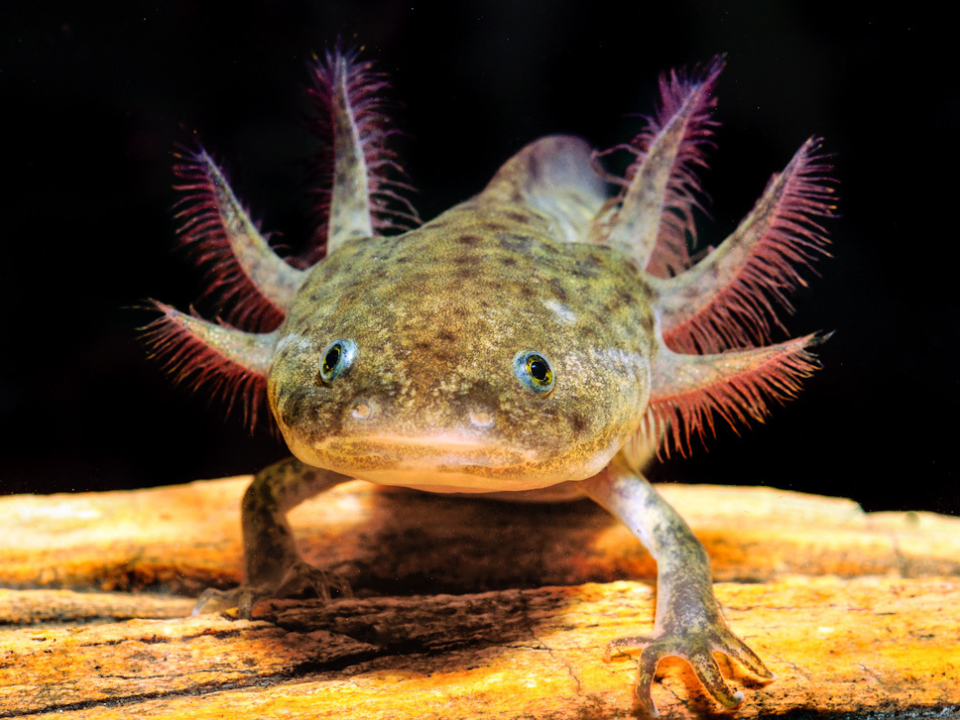
Native to the lakes of Xochimilco near Mexico City, the Axolotl is a fascinating aquatic salamander. What sets this species apart is its ability to regenerate lost limbs, spinal cord, and even parts of its heart and brain. The Axolotl is also known for its “neoteny” trait, meaning it retains its larval form throughout its life, unlike most amphibians that undergo metamorphosis.
Unfortunately, habitat loss, pollution, and invasive species have led to a dramatic decrease in their population. Conservationists are working to protect the Axolotl’s natural habitat while also fostering breeding programs in captivity. Their unique regenerative abilities continue to captivate scientists and nature lovers alike.
Vaquita
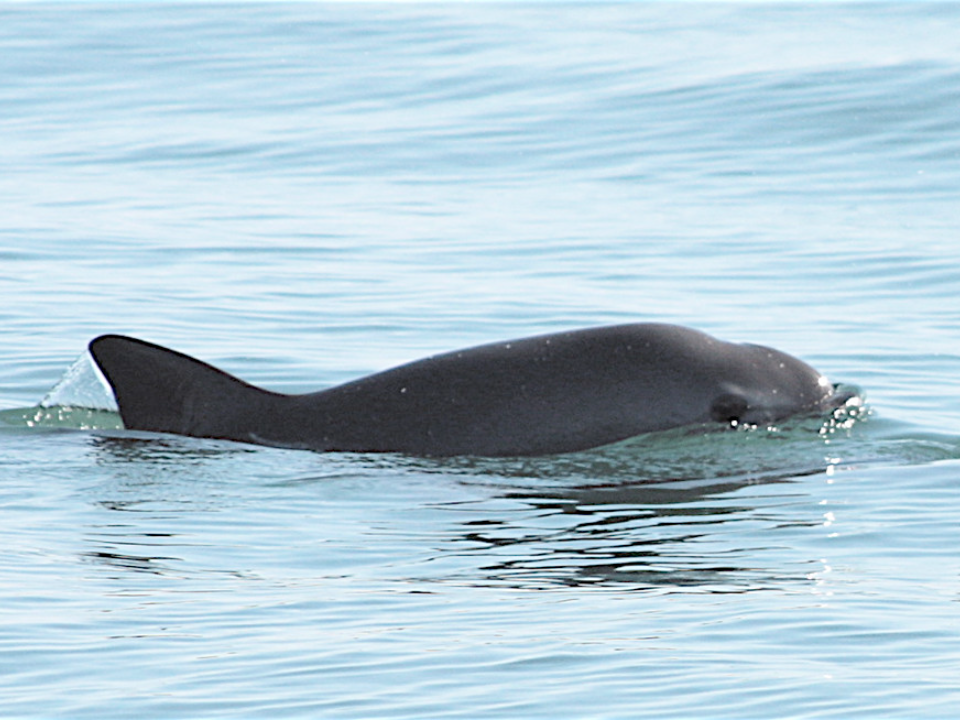
The Vaquita is the smallest marine mammal in the world, found only in the northern part of the Gulf of California in Mexico. It is a critically endangered species with fewer than 10 individuals believed to remain. The Vaquita is known for its small size and unique facial markings, which make it easily identifiable.
This elusive porpoise faces an ongoing threat from illegal fishing activities, particularly gillnets used to catch another endangered species, the totoaba fish. Conservation efforts to save the Vaquita focus on removing these nets and protecting its fragile environment. Despite these efforts, the future of the Vaquita remains uncertain, and its survival depends on swift action.
Pygmy Three-Toed Sloth
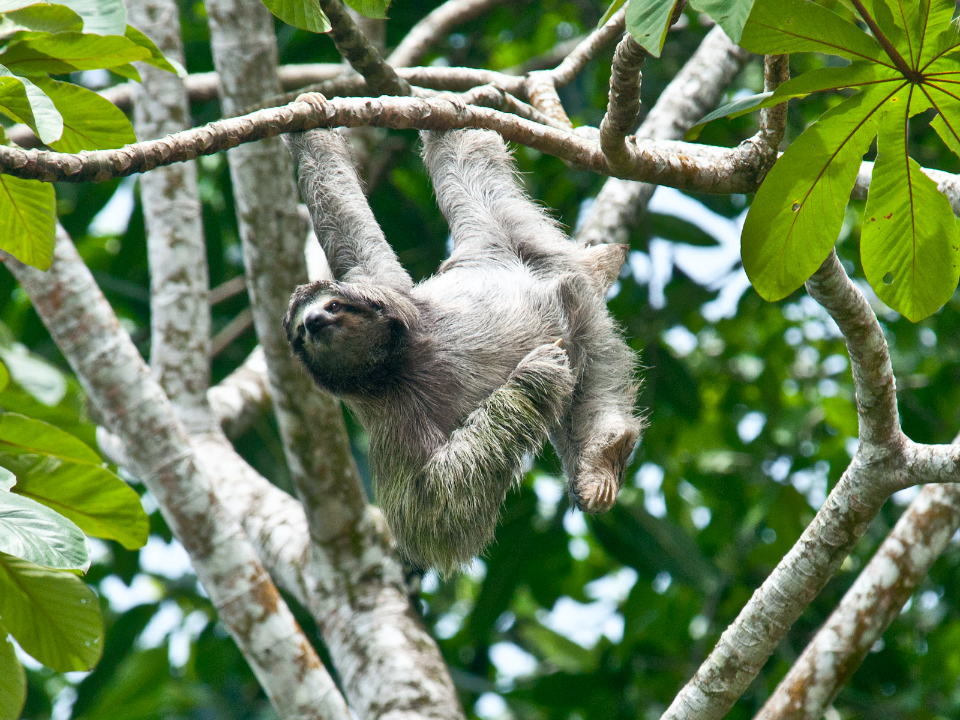
Found only on the small island of Isla Escudo de Veraguas off the coast of Panama, the Pygmy Three-Toed Sloth is one of the smallest and rarest sloths in the world. These sloths are distinguished by their small size, with adults weighing only around 5.5 kg. Their slow-moving nature and dependence on the island’s mangrove trees make them highly vulnerable to any environmental change.
Although they are adapted to their island home, the Pygmy Three-Toed Sloth faces threats from habitat loss and the effects of climate change. As a result, they are considered critically endangered, with conservation groups working hard to protect the mangrove forests they rely on. With fewer than 100 individuals remaining, these sloths are at risk of extinction if their habitat continues to deteriorate.
Bengal Tiger
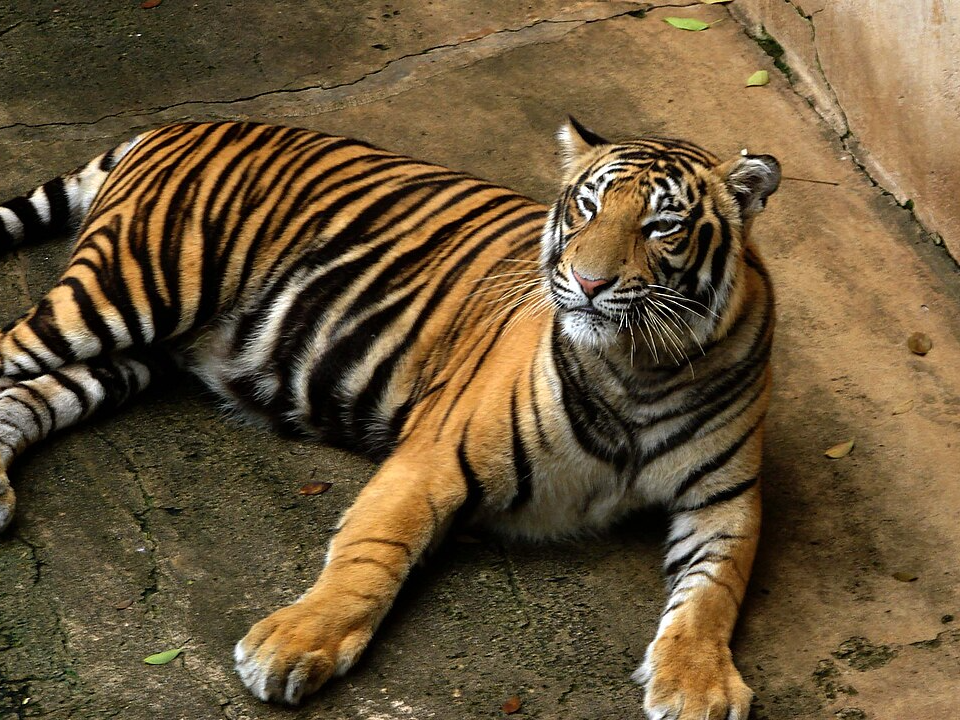
The Bengal Tiger is one of the most iconic big cats, found in India, Bangladesh, and Nepal. Known for their strength and beauty, these tigers are primarily solitary animals that thrive in dense forests and grasslands. Bengal Tigers are apex predators, playing a crucial role in maintaining the balance of their ecosystems by controlling prey populations.
However, the Bengal Tiger is now critically endangered due to poaching, habitat loss, and human-wildlife conflict. Conservation efforts, including protected areas and anti-poaching patrols, have helped stabilize their numbers in certain regions. Despite these efforts, the future of the Bengal Tiger remains uncertain as their natural habitats continue to shrink.
Golden Poison Dart Frog
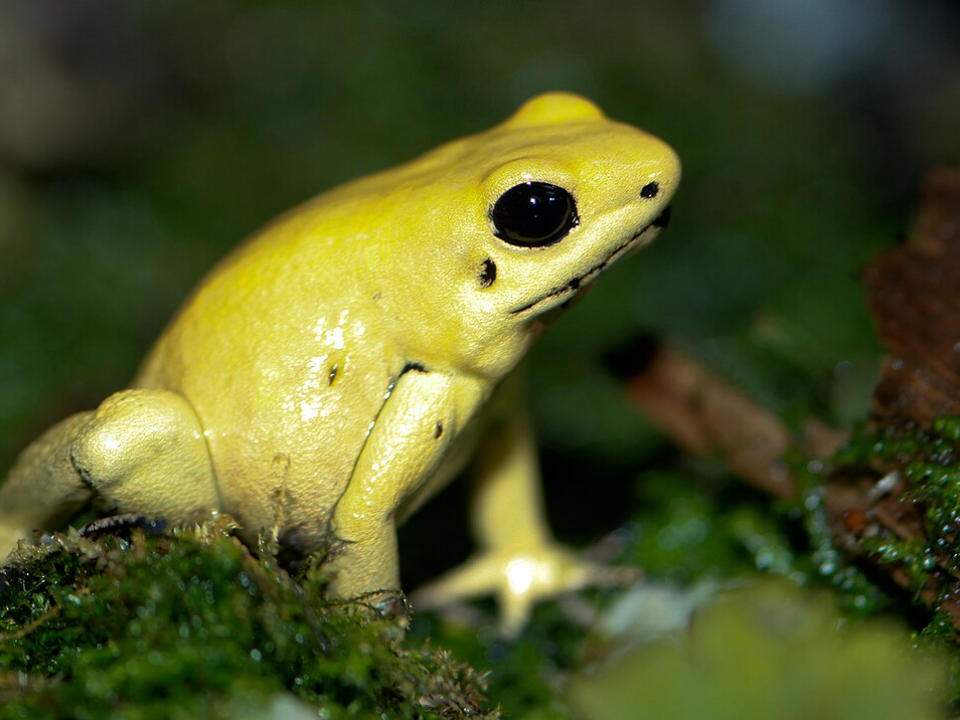
The Golden Poison Dart Frog, found only in the rainforests of western Colombia, is one of the most toxic animals on Earth. Its bright yellow skin contains batrachotoxin, a potent neurotoxin that is lethal in small amounts. The frog’s striking color serves as a warning to potential predators about its toxicity.
While the frog’s poison acts as a defense mechanism, it is also at risk due to habitat loss and the illegal pet trade. Conservationists are working to protect its natural rainforest habitat, but deforestation remains a significant threat. Despite its toxic nature, the Golden Poison Dart Frog is a remarkable species that adds to the diversity of the Amazon’s ecosystem.
Snow Leopard
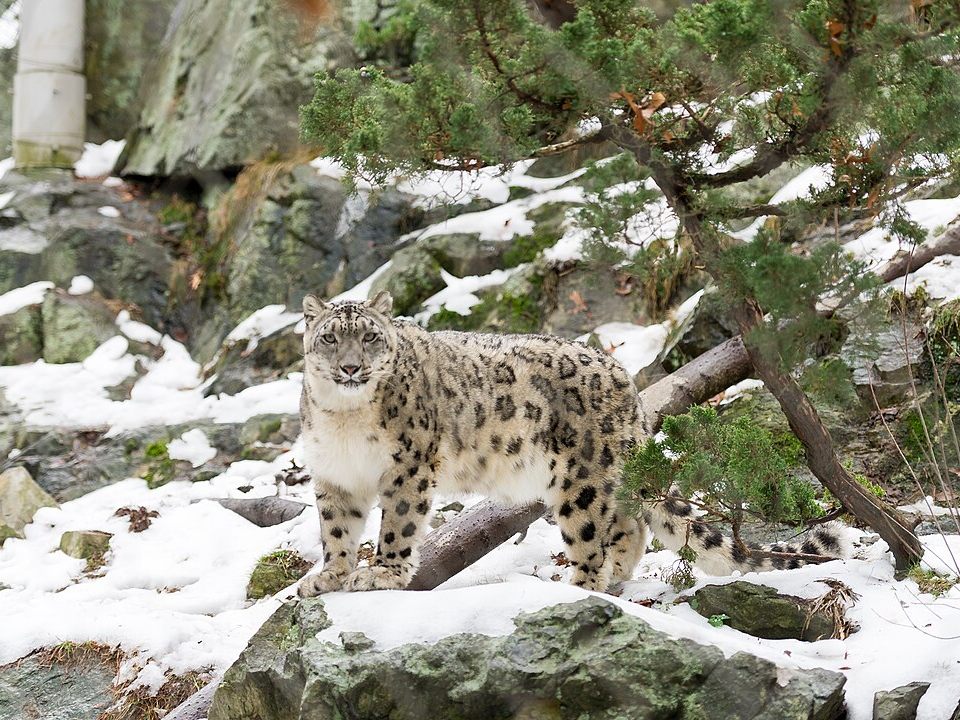
Snow Leopards inhabit the mountain ranges of Central and South Asia, including the Himalayas and the Tibetan Plateau. Their thick, spotted fur and long tail help them blend in seamlessly with the rocky, snowy landscapes. Snow Leopards are solitary creatures, primarily hunting wild sheep and goats in high-altitude regions.
Unfortunately, this beautiful big cat is facing threats from poaching and habitat loss. The Snow Leopard is considered vulnerable, with estimates of fewer than 7,000 individuals remaining in the wild. Conservation programs are working to protect their habitats and combat illegal hunting, but the Snow Leopard’s future remains uncertain without continued efforts.
Wolverine
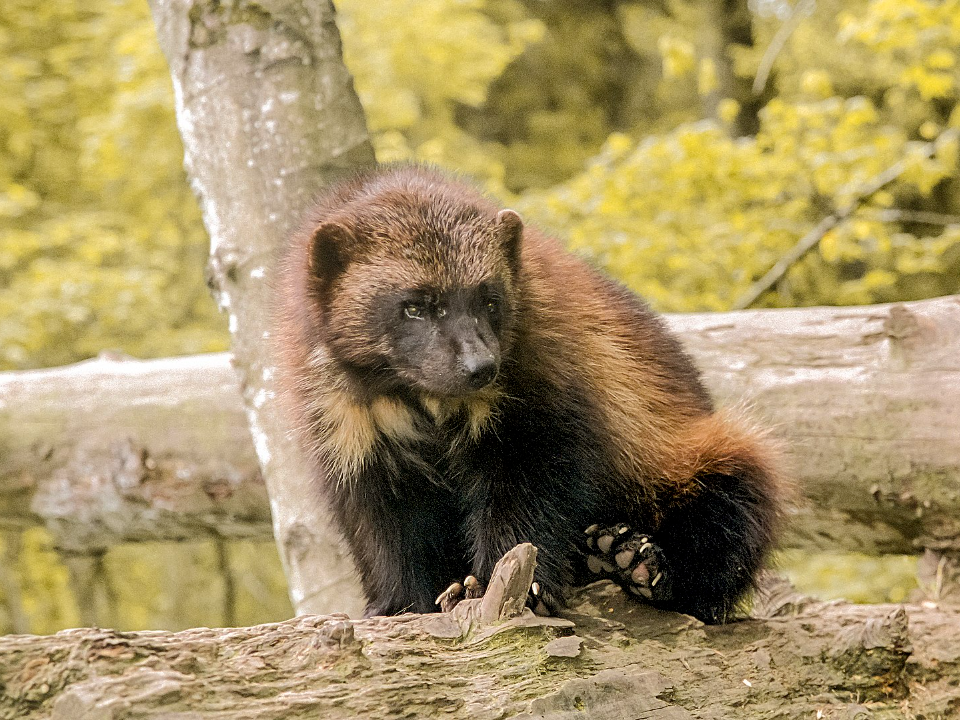
The Wolverine is a carnivorous mammal found in the remote northern regions of North America, Europe, and Asia. Known for its fierce nature and powerful build, the Wolverine is often referred to as the “skunk bear” due to its size and habits. It is an opportunistic feeder, scavenging on a wide range of animals, from small rodents to larger ungulates.
Despite their resilience, Wolverines are vulnerable to habitat destruction and human encroachment. Climate change is also affecting their habitat, as the colder regions they occupy are shrinking. Efforts are being made to conserve these solitary creatures, but their population is slowly decreasing due to ongoing environmental pressures.
Komodo Dragon
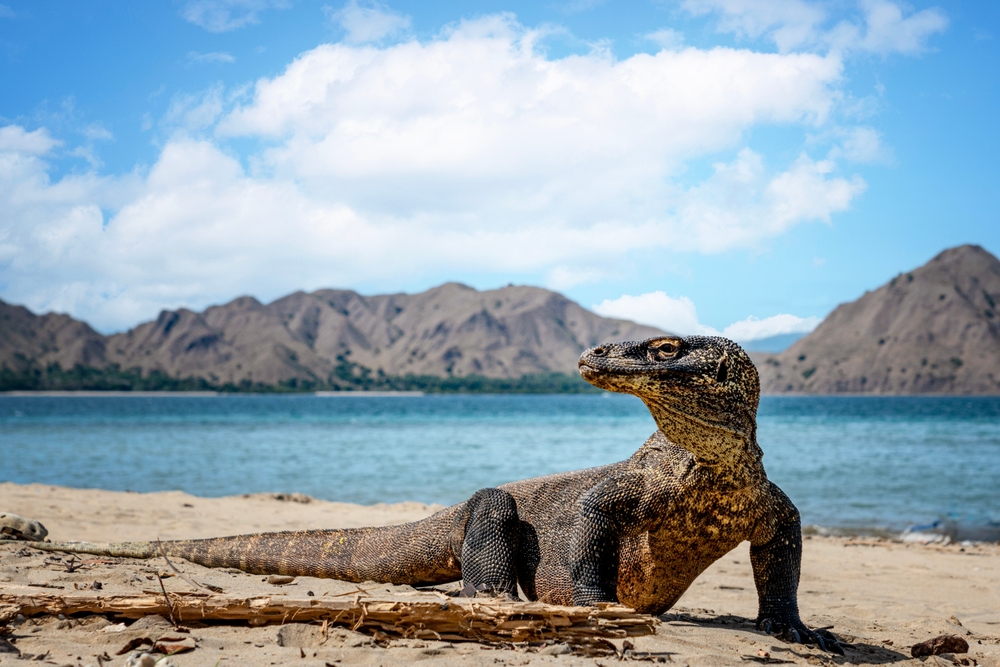
The Komodo Dragon is the largest living species of lizard, found only on the islands of Komodo, Rinca, and Flores in Indonesia. These reptiles can grow up to 10 feet in length and weigh over 150 pounds. Komodo Dragons are apex predators, feeding on a variety of prey including deer, wild boar, and even water buffalo.
Though the Komodo Dragon has survived for millions of years, it is now listed as vulnerable due to human activity and habitat loss. Climate change also threatens the islands they inhabit, as rising temperatures could reduce the availability of prey. Conservation measures are in place, including the protection of their natural habitats within Komodo National Park.
Amur Leopard

The Amur Leopard is a rare subspecies found in the temperate forests of the Russian Far East and northeastern China. Known for its beautiful coat, this leopard has striking black rosettes on a golden-yellow background. They are solitary creatures that prey on a variety of animals, including roe deer and hares.
Sadly, the Amur Leopard is critically endangered due to habitat loss, poaching, and prey depletion. There are estimated to be fewer than 100 individuals remaining in the wild. Conservation organizations have been working on programs to protect both the leopard and its habitat, but the species is still at risk of extinction.
Immortal Jellyfish (Turritopsis dohrnii)
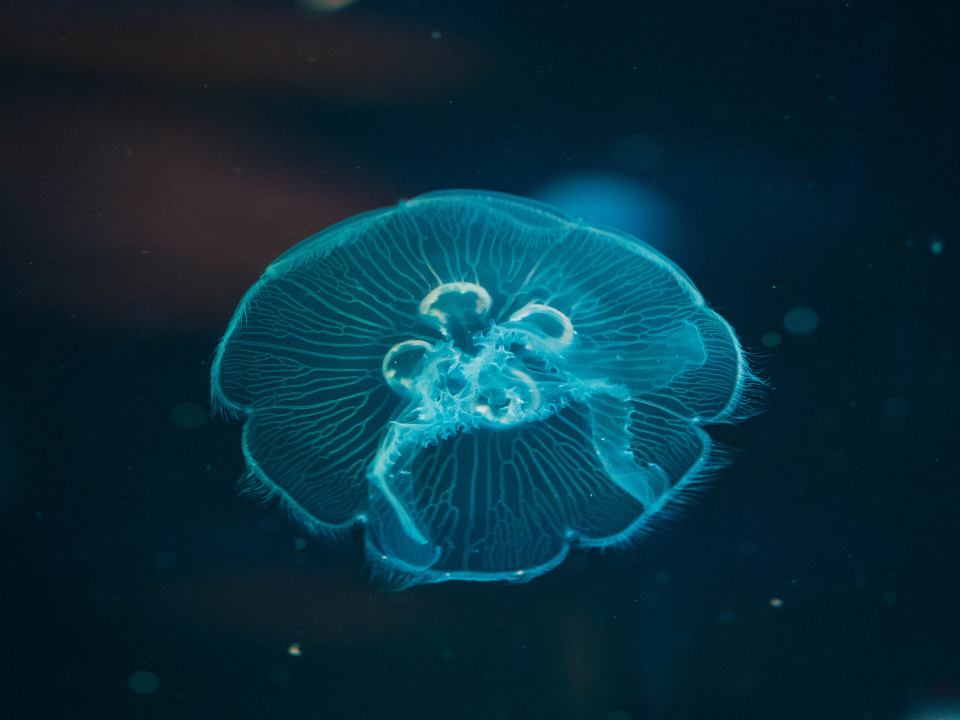
The Turritopsis dohrnii, also known as the “immortal jellyfish,” is found in oceans worldwide, from the Mediterranean Sea to the Pacific Ocean. This species is unique because it is capable of reverting its cells to an earlier stage in its lifecycle, effectively allowing it to bypass death due to aging. This process, called transdifferentiation, gives it the ability to regenerate itself indefinitely.
While these jellyfish are found in various marine environments, they are still not widely understood, and their unusual ability has made them the subject of much scientific study. Despite their remarkable regenerative abilities, they are vulnerable to changes in water temperature and pollution. Conservation of marine ecosystems is crucial to ensure the survival of these fascinating creatures.
Philippine Eagle
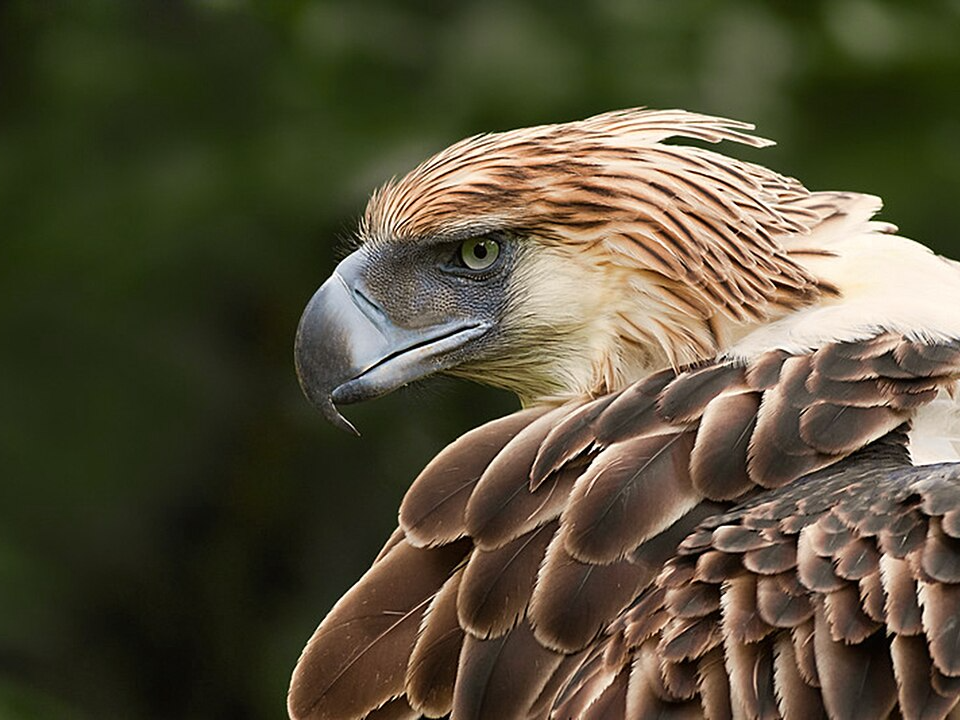
The Philippine Eagle is one of the largest and most powerful eagles in the world. Native to the Philippines, it is often referred to as the “Monkey-eating Eagle” due to its diet, which consists mainly of monkeys and large reptiles. With its striking crest and large, powerful wingspan, the Philippine Eagle is a symbol of the country’s biodiversity.
Unfortunately, this eagle is critically endangered, with fewer than 400 individuals remaining in the wild. Habitat loss, deforestation, and hunting have greatly reduced their numbers. Efforts to protect their remaining forests and raise awareness about their plight are essential to their survival.
Hawksbill Turtle
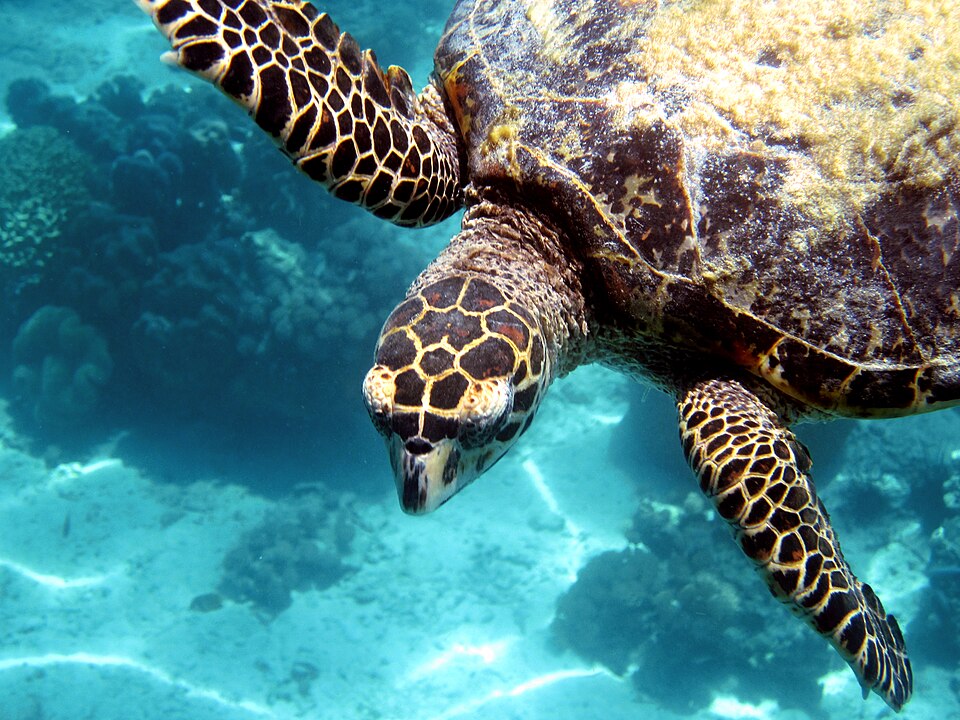
The Hawksbill Turtle is a critically endangered sea turtle found in tropical coral reefs around the world. Known for its beautiful, colorful shell, which has made it a target for the illegal trade, the Hawksbill is a vital part of its ecosystem, helping to maintain the health of coral reefs by feeding on sponges. These turtles are primarily found in the waters of the Caribbean, Southeast Asia, and parts of the Pacific Ocean.
Despite conservation efforts, the Hawksbill Turtle’s numbers continue to decline due to poaching, habitat loss, and climate change. Protecting their nesting beaches and minimizing human impact on coral reefs are crucial steps in preserving this species. With ongoing conservation work, there is still hope for the future of the Hawksbill Turtle.
Pygmy Hippopotamus
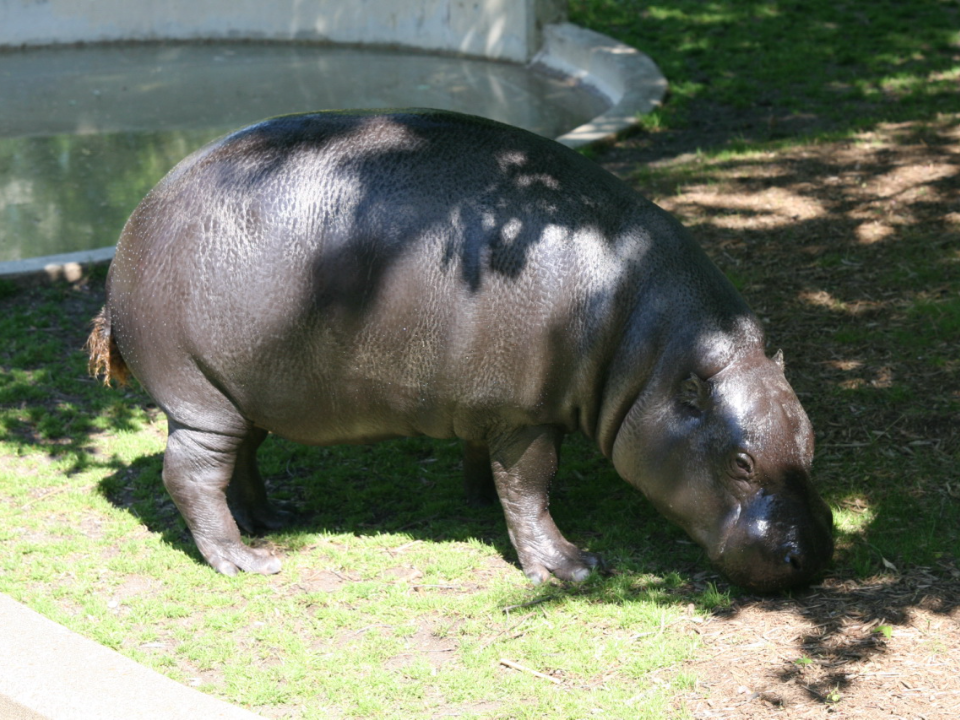
Native to the forests and swamps of West Africa, the Pygmy Hippopotamus is a much smaller and more elusive cousin of the common hippopotamus. It spends most of its time in the water and is rarely seen on land. The Pygmy Hippo is nocturnal, spending its days in dense vegetation near streams or swamps.
Though the Pygmy Hippo is less known than its larger relative, it faces severe threats from habitat destruction and poaching. Conservation efforts are aimed at preserving the remaining forests and wetlands where this species thrives. With fewer than 3,000 individuals left in the wild, the Pygmy Hippo is on the brink of extinction.
Tapanuli Orangutan
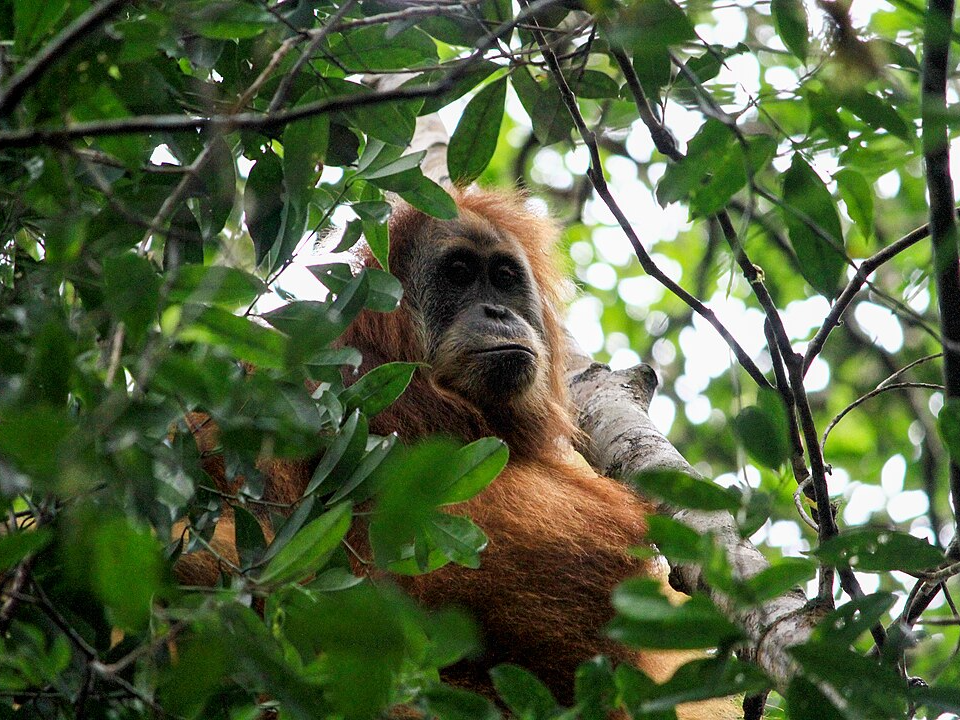
The Tapanuli Orangutan is the most recently discovered species of orangutan, found in the Batang Toru forest in Sumatra, Indonesia. This orangutan is recognized by its distinct reddish-orange fur and unique vocalizations. It is critically endangered, with fewer than 800 individuals remaining, making it one of the most endangered primates in the world.
The Tapanuli Orangutan is threatened by deforestation and illegal hunting, with their habitat being cleared for palm oil plantations. Protecting their environment is essential for their survival, and conservation programs are working to mitigate the effects of human activity on their habitat. Despite the challenges, there is hope for the species with ongoing conservation efforts.
Yellow-eyed Penguin
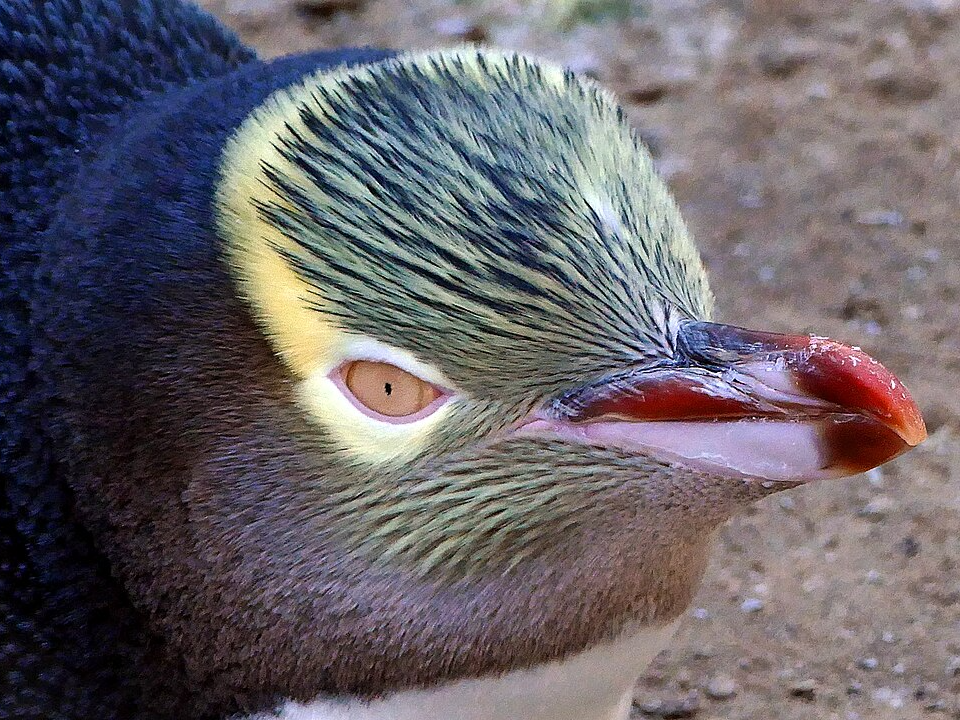
Found only on the South Island and its surrounding islands in New Zealand, the Yellow-eyed Penguin is one of the rarest and most endangered penguin species in the world. Known for its pale yellow eyes, this penguin has a solitary nature, often nesting in dense vegetation. It is primarily a fish-eater, diving to depths of up to 120 meters to catch its prey.
Habitat destruction, introduced predators, and human disturbance have significantly reduced the population of Yellow-eyed Penguins. With fewer than 200 individuals remaining, they are now one of the most endangered penguins on Earth. Conservation efforts focus on protecting nesting sites and controlling predator populations to help secure the species’ future.
Vampire Bat
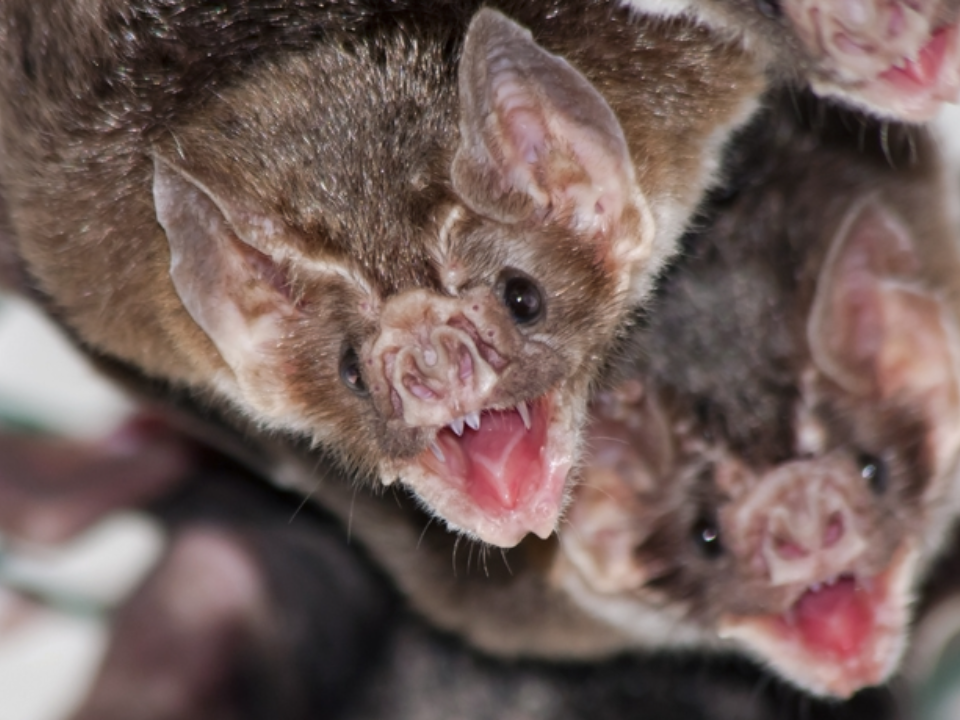
Found in Central and South America, the Vampire Bat is one of the few mammals that feed exclusively on blood. These nocturnal creatures primarily feed on livestock, but they can occasionally bite humans. Despite their fearsome reputation, they are vital in controlling populations of certain animals by feeding on weak and injured animals.
Vampire bats face threats from habitat destruction and diseases such as rabies, which can have a significant impact on their populations. Despite their unsettling diet, they play an essential role in their ecosystems. Research and conservation efforts aim to better understand the bats’ role and mitigate conflicts between humans and wildlife.
This article originally appeared on Avocadu.
